The rare, mighty Grizzly truck is Canada’s Unimog
Ursus arctos horriblis, popularly known as the grizzly bear, is larger and fiercer than its black bear relatives. Like its ursine namesake, this big yellow pickup truck makes a lifted Ram look small. Meet the first Grizzly, the prototype for a rare breed of made-in-Canada trucks that were built to take whatever the backwoods could throw. Only a baker’s dozen were built; the Grizzly remains a tantalizing what-could-have-been story from the wild west coast of British Columbia.
A third larger than Texas, the province of BC is a sprawling landscape of mountain ranges and temperate rainforests. But even the wide-open spaces of Texas have people there, with a population closing in on 30,000,000. The residents of BC number just five million, bears not included.
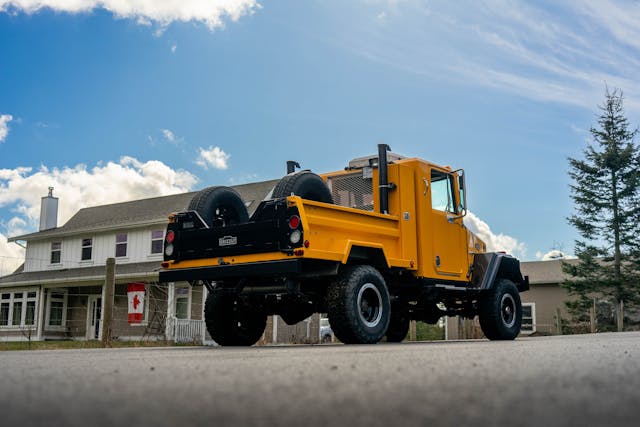
In the 1980s, BC’s population was slightly half that number, and a sizable segment of that population was employed in forestry and related industries. The trope of the check-shirt-wearing Canadian lumberjack was as true as it could be (he sleeps all night and he works all day … ). A month in camp and two weeks out. Supporting the heavy equipment that kept log haulers rolling were faithful, factory-spec bush pickup trucks getting the absolute stuffing knocked out of them.
Forestry-adjacent industries include more than mean sawmills and pulp-and-paper mills that process raw wood into products. Shipping and hauling were big parts of the picture, too. In Vancouver, the Hayes Manufacturing Company had been building trucks since the 1920s. The Hayes family was also directly involved in the logging business, and should you spot one of their trucks hurtling down a gravel road, you’d immediately know it by its hood ornament: a die-cast, chrome-plated, five-pound statue of a bear.
Hayes was snapped up by the parent company of Mack Trucks in the early 1970s, and the plant shut its doors in 1975. But folks on the island remember their history, and there’s an annual truck show celebrating the Hayes name, held each year in the town of Port Alberni on Vancouver Island. Last year, the event celebrated 100 years of Hayes and all kinds of hard-working equipment made the trip to celebrate. Every so often at this yearly event, a Grizzly shows up to take its place beside the heavy trucks.
The closing of the Hayes plant sent many people looking for work. One of those people was Geoff Buck, an entrepreneurial sort who had been selling Hayes trucks. He went to work as a warehouseman in a camp far to the North, the kind where you work one month on, two weeks off. Thirty days in the backcountry provide plenty of time for thinking. Buck’s idea was simple but smart. The pickup trucks that loggers used in the bush took an incredible amount of abuse; their mechanical lives were often nasty, brutish, and short. Buck imagined a much tougher truck that could take the punishment, one that was still serviceable using the same parts used in the logging trucks. Grizzly Trucks Limited was born.
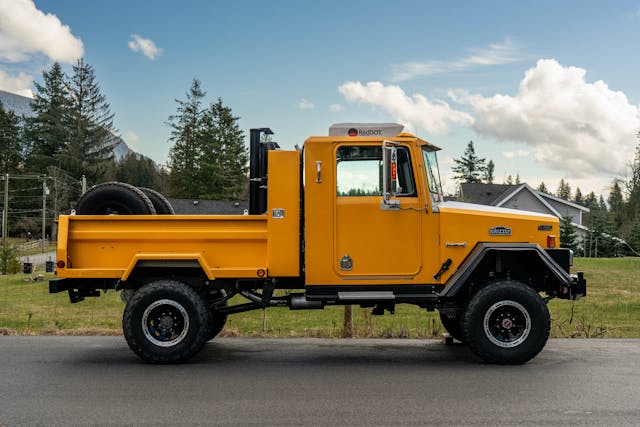
This prototype, which was shown at the 1990 Truck Logger’s Convention in Vancouver, contained the basic recipe. It has a handmade frame made of square tubing, a legendarily stout 5.9-liter Cummins turbodiesel under the hood, and body panels made of 12-gauge steel. It can run on the same diesel fuel as the logging trucks and various parts are interchangeable. It is, however, the prototype, and that means it was both rushed in its production and that some mistakes were made.
Enter Cory Ellwyn, accidental Grizzly historian. Ellwyn bought this Grizzly from Geoff Buck’s widow, Jean. He was also considering something like an early Willys or Dodge Power Wagon as a project, and he could see that building out the Grizzly would take a great deal of work. But Ellwyn’s not really a take-the-easy-road kind of guy.
He is also not exactly what you picture when you think of a historian. A longtime fabricator and engine builder, he worked just down the road from where the Grizzly trucks were built in North Vancouver. He parks two Mustangs in his garage, one a 1968 fastback he’s owned since 1977, fitted with a 427-cubic-inch V-8, the other a startlingly convincing Holman-Moody Trans-Am clone. Ellwyn set about both restoring the Grizzly’s overall condition and unlocking its potential. Along the way, scraps of the history of Grizzly Trucks kept floating to the surface.
The amount of work lurking beneath the rugged sheetmetal of this truck beggars belief. For one thing, it arrived in Ellwyn’s possession as a two-wheel-drive truck with a three-speed Ford automatic. Now it has a five-speed manual, with a Ford-sourced Dana 60 front axle and a Dana 70 out back. All kinds of custom work was required to get everything from the power steering to the front suspension working, to say nothing of details like the rear tailgate or the twin exhaust stacks or the custom gauges in the cabin.
As a creation of the 1990s, the Grizzly doesn’t have a lot of technical information online about the Grizzly, and a few have faded into the forest. However, Ellwyn figures that with the pictures and information that have been sent to him, thirteen were built. Of those, ten are still out there. Some Grizzlys have remained in the same family, others have been badly neglected. The last one is currently in Alberta, undergoing a full restoration.
The original idea was to offer a full range of Grizzly trucks, to suit commerical and hobbyist customers alike. For the most part, a few working trucks were sold, but they were expensive. The original pricing for the prototype was around $45,000, with the last Grizzly selling for roughly $75,000. These days, the prestige pickup truck market is booming, but in the 1990s, 45 grand was a lot of money.
Buck touted his trucks as having more than 80 percent Canadian content and suggested the potential longevity was worth the price of admission. He also told local papers that a couple of big orders were in the pipeline. But either the market wasn’t ready or the infusion of cash didn’t come in time. Grizzly Trucks had hired workers from Vancouver-based manufacturing company Pacific Truck & Trailer when it shut down, but like Hayes and Pacific, Grizzly also went out of business.

There are two famous Grizzlys. One is a hodgepodge of a truck, as seen on the Netflix series Rust Valley Restorers. This is not a true Grizzly, exactly; it is more a collection of leftover parts bolted onto a heavy-duty Ford chassis. Ellwyn says that, with one exception, each Grizzly he has seen is on a unique chassis.
The other is a familiar sight to anyone driving up and down the Sea-to-Sky highway on the way to or from Whistler. There, parked across the road by the Husky gas station, you can see the only Grizzly eight-passenger truck. Formerly painted green, it was owned by a retired fellow who drove it all over the country, sleeping in it at night. It was sold to the Canadian Wilderness Adventure tourism company and is reportedly in need of a new front axle. For now, it’s basically a wheeled billboard.

Ellwyn’s pickup, on the other hand, delivers on the Grizzly promise. That Cummins diesel does more than 20 mpg, just as Geoff Buck said it would. Ellwyn has sorted out the issues and added in a few niceties like functioning air-conditioning. For a while, he was using the Grizzly as a commuter to and from a worksite.
The Grizzly is less practical for short errands. Ellwyn says a ten-minute trip to the lumber store turns into an hour if he answers everyone’s questions. Which he doesn’t mind doing; the Grizzly is part of BC’s history, and Ellwyn enjoys sharing what he knows with others in his community.
With just over a dozen ever built, the Grizzly remains about as rare a machine as you could hope to see. If you see one of these trucks in the wild, there’s no need to keep your distance: They’re even better up close.
***
Check out the Hagerty Media homepage so you don’t miss a single story, or better yet, bookmark it. To get our best stories delivered right to your inbox, subscribe to our newsletters.
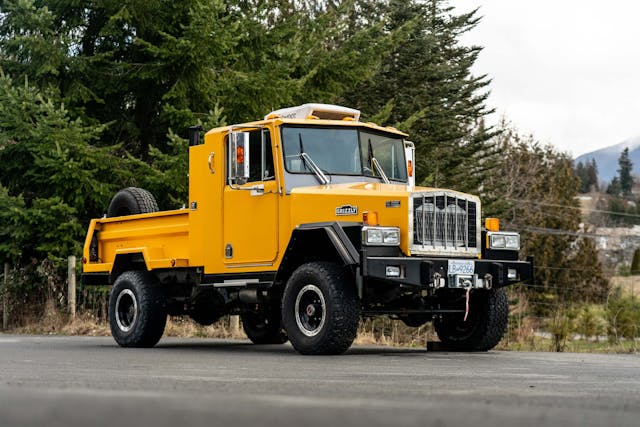
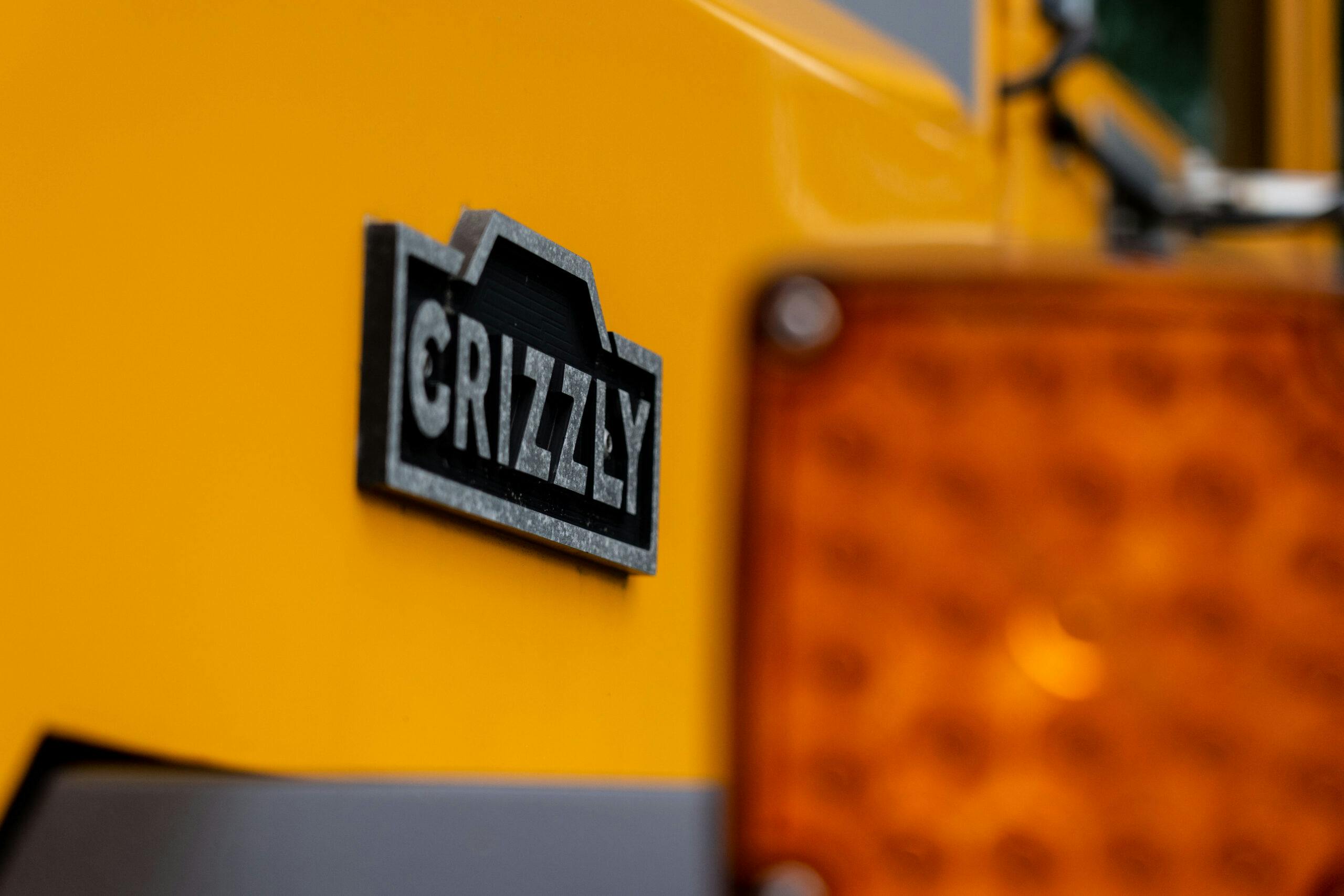
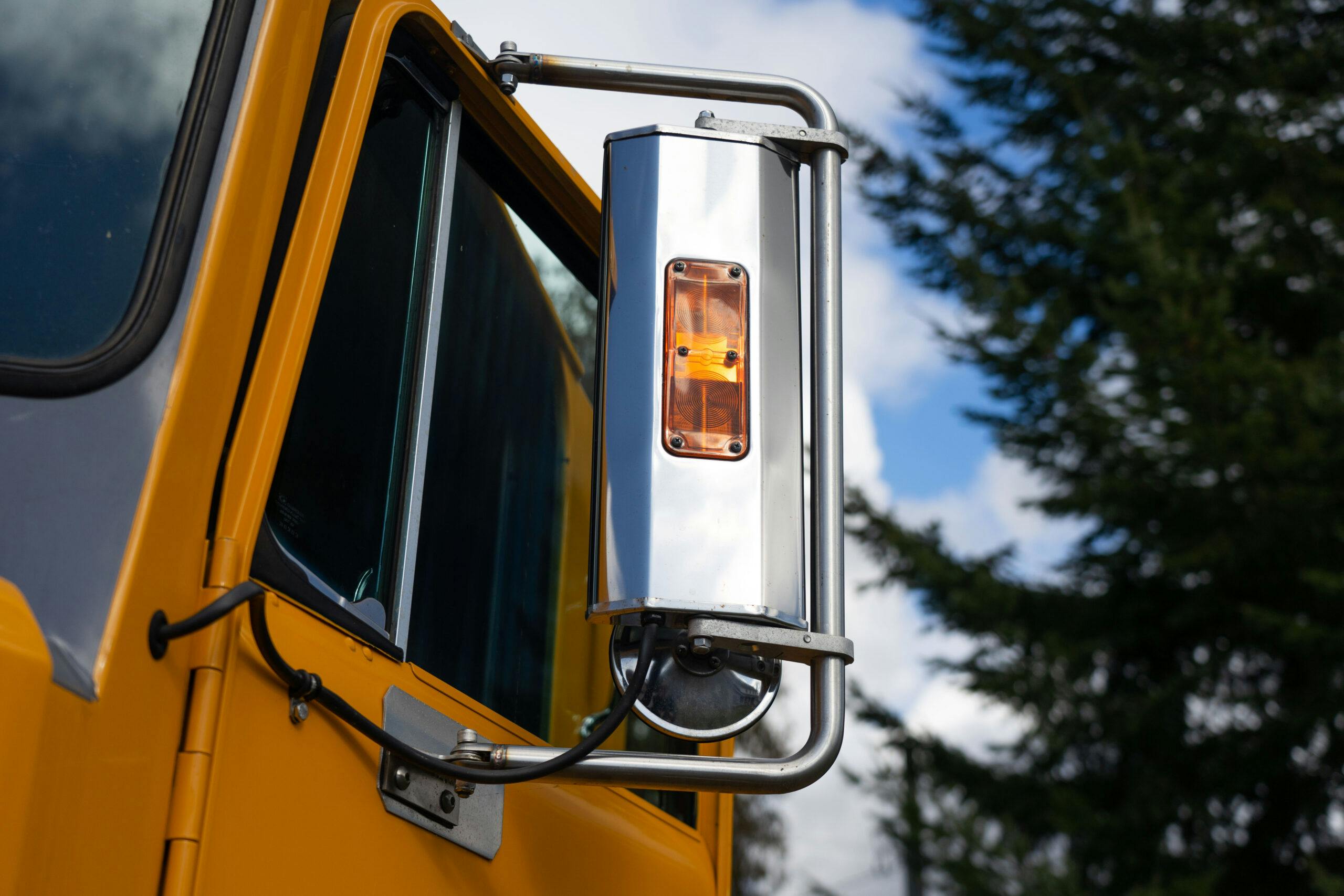
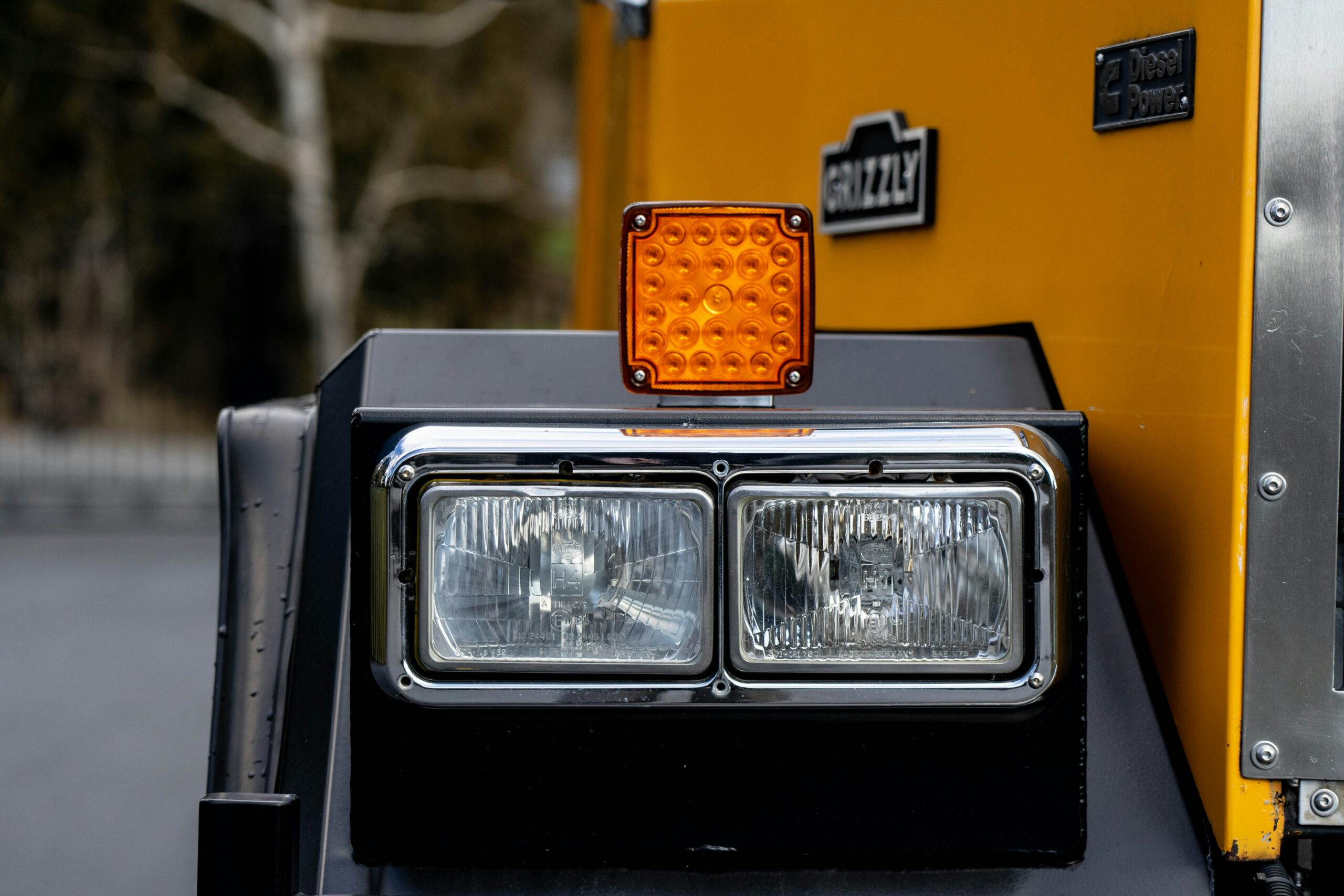
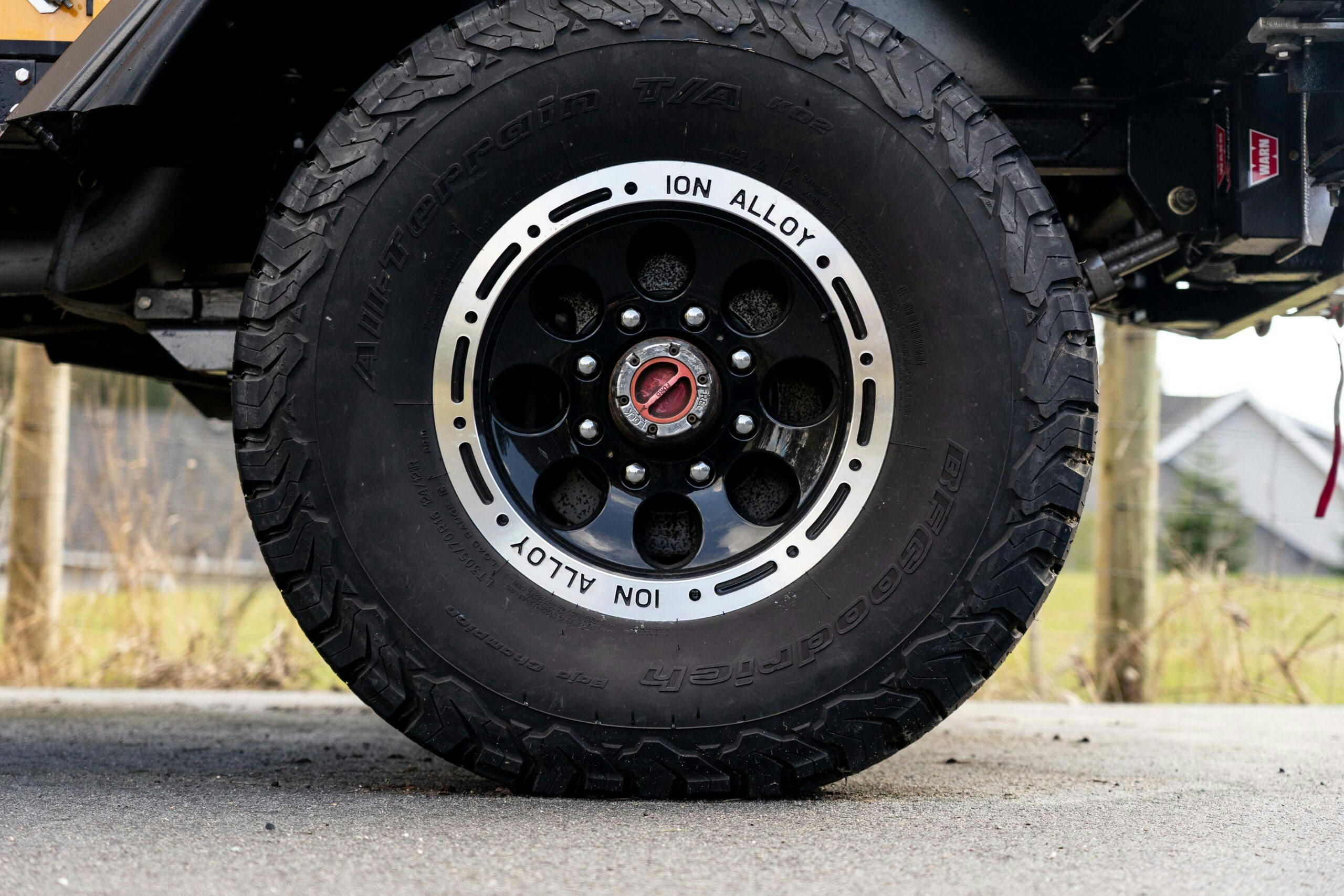
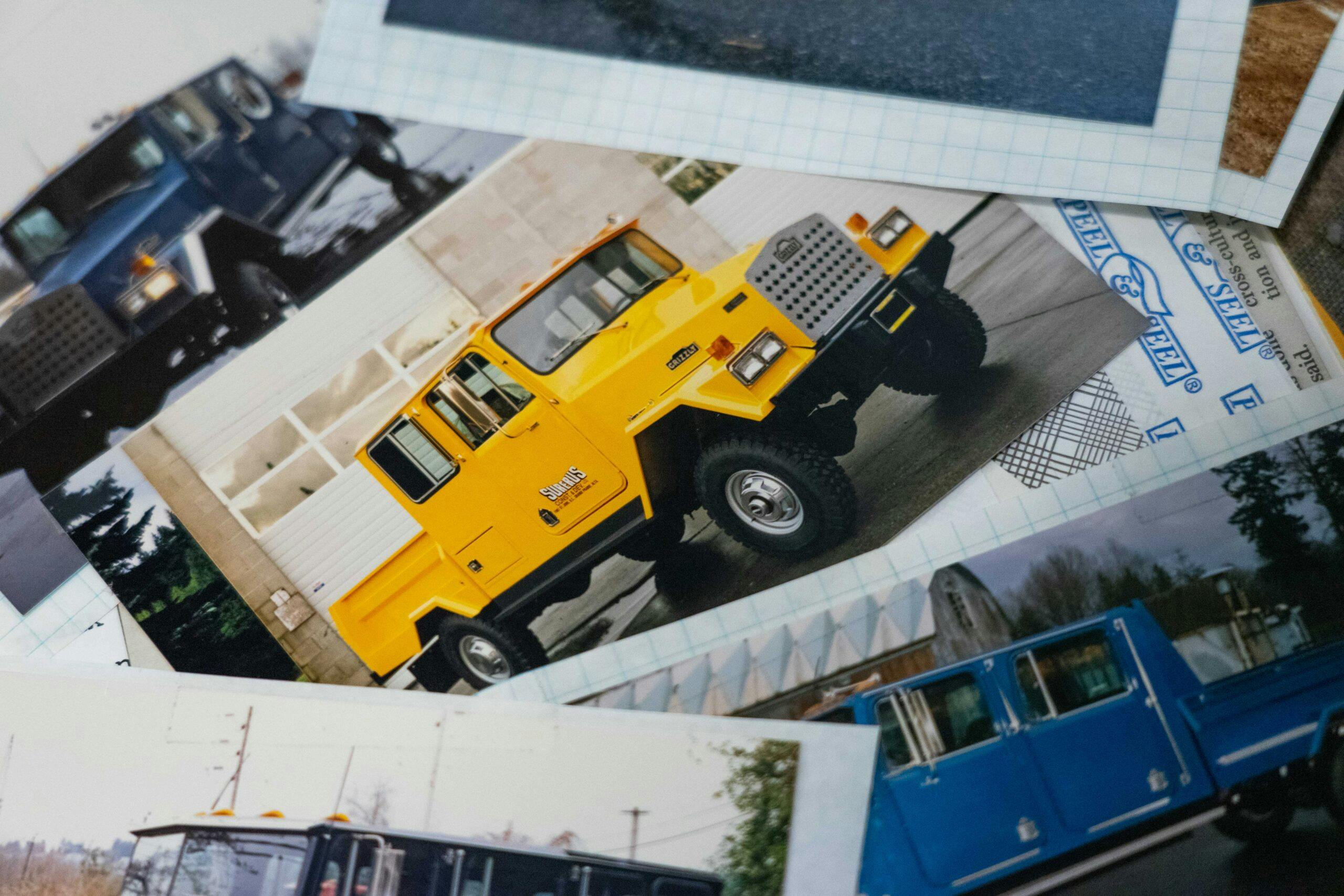
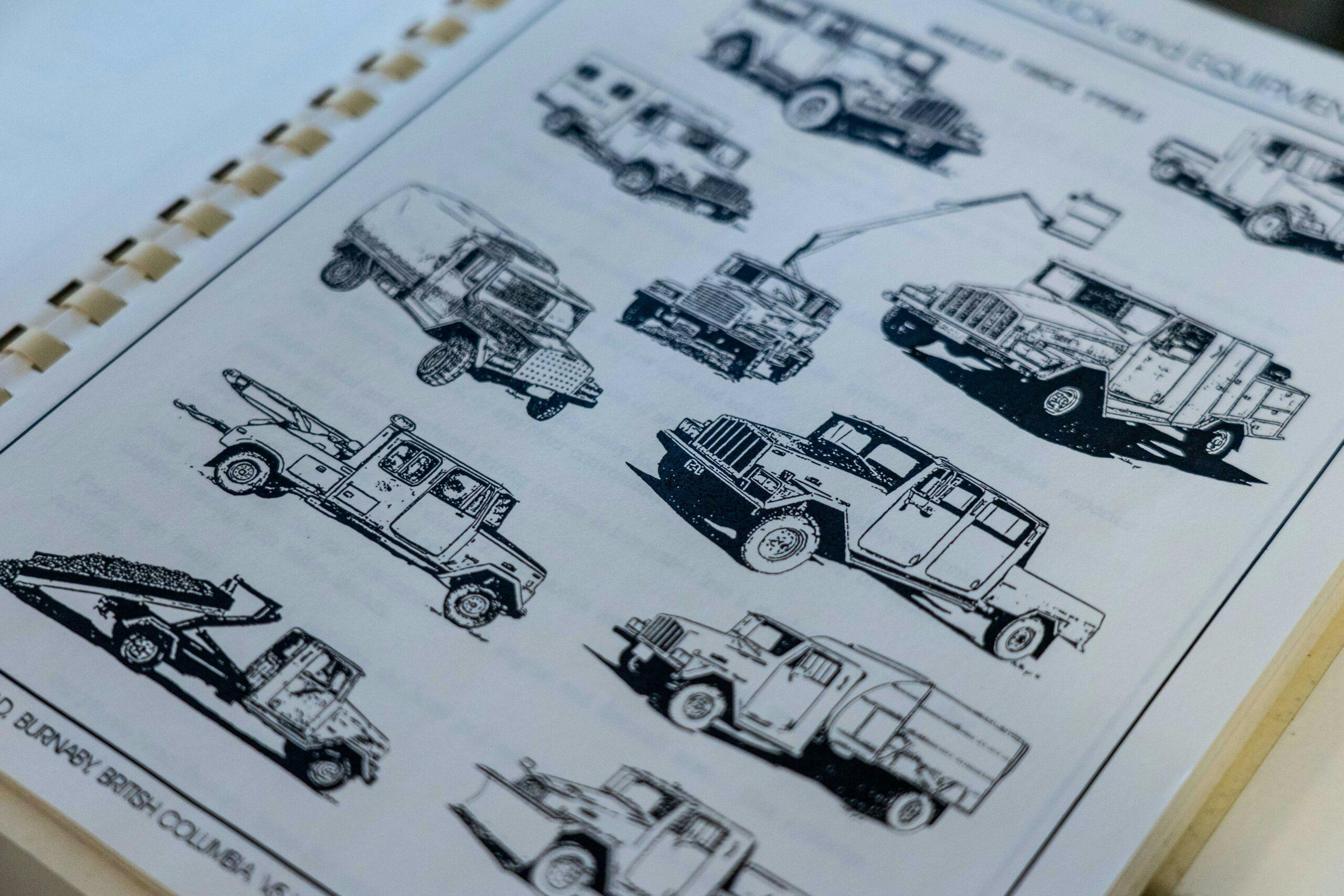
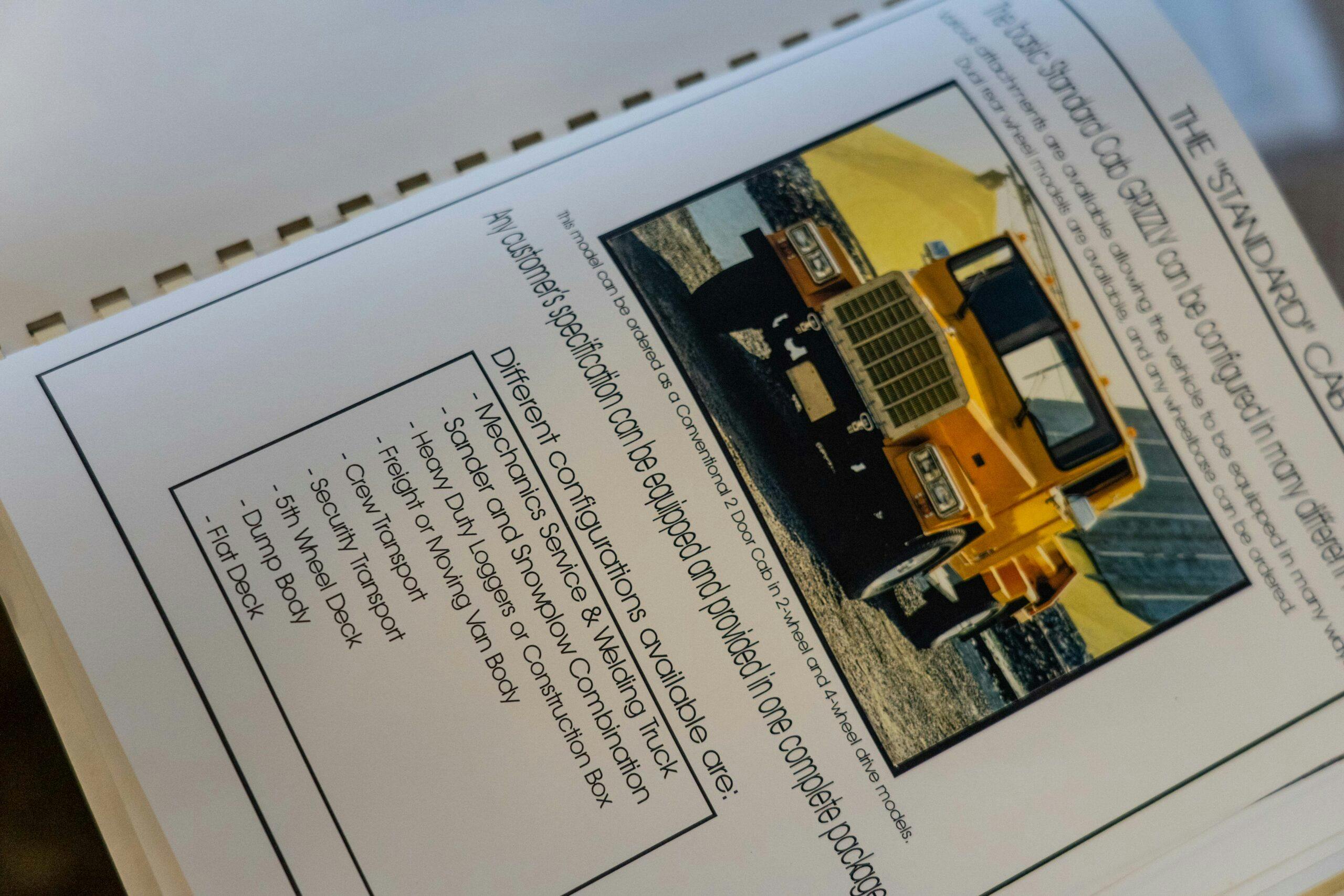
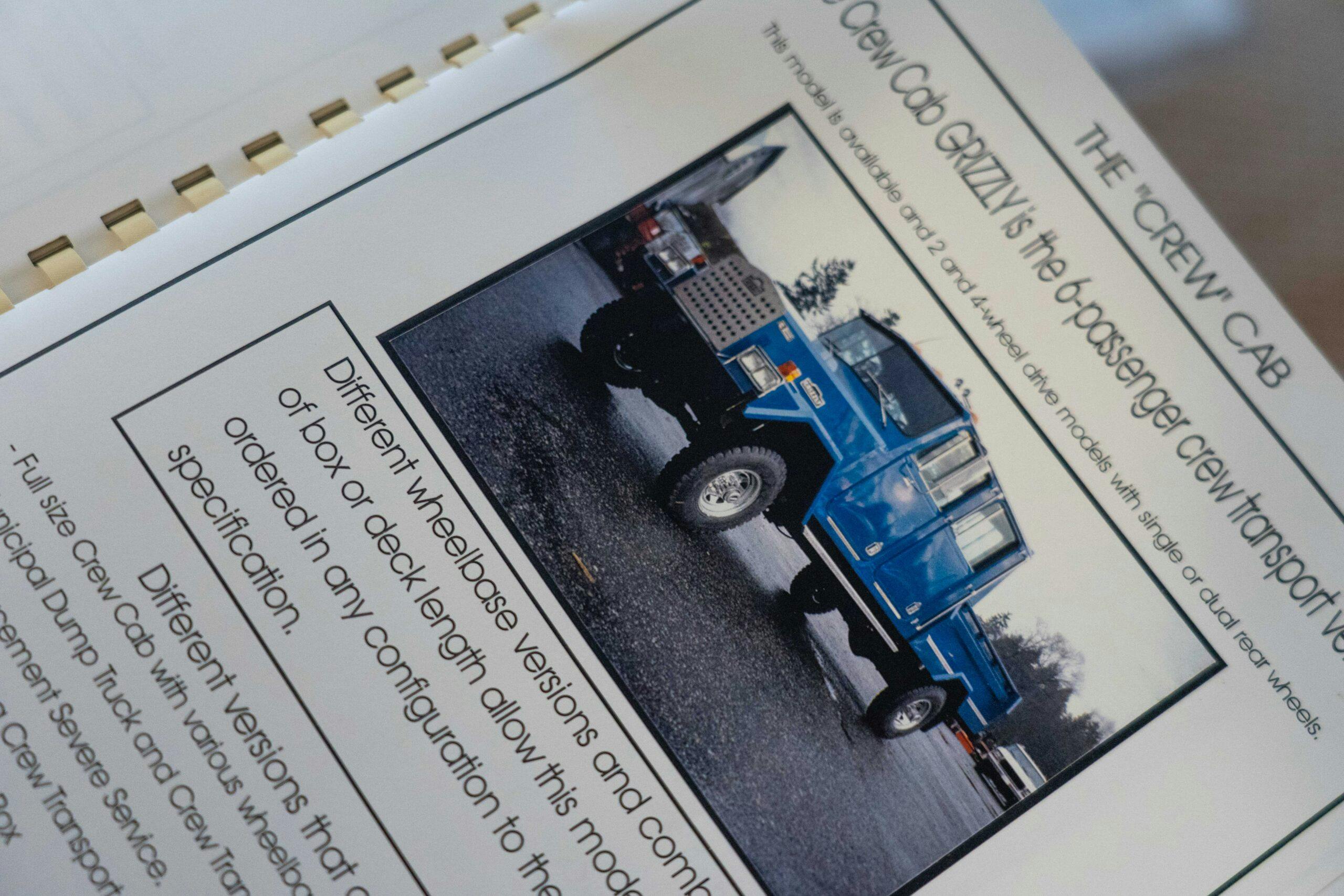
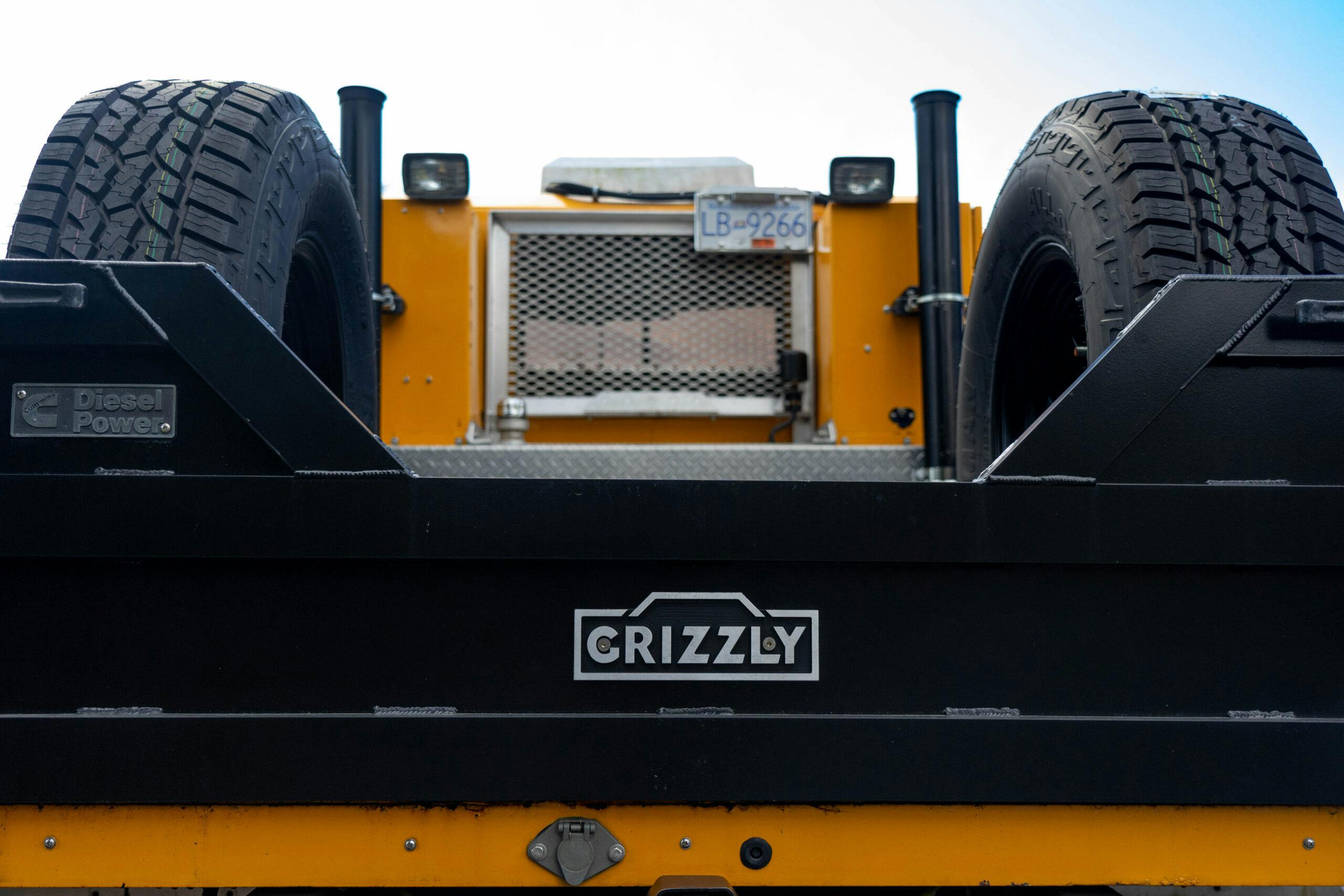
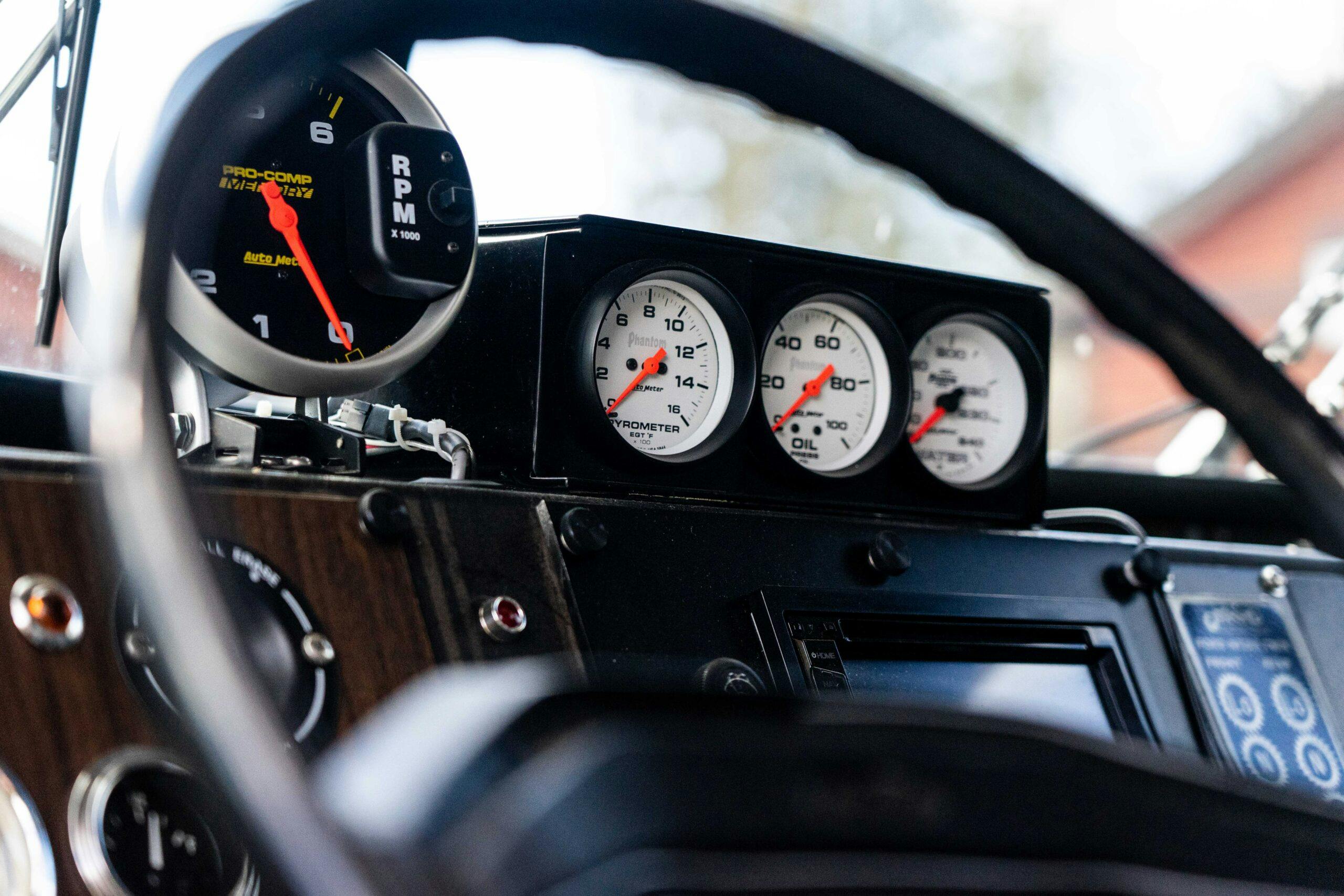
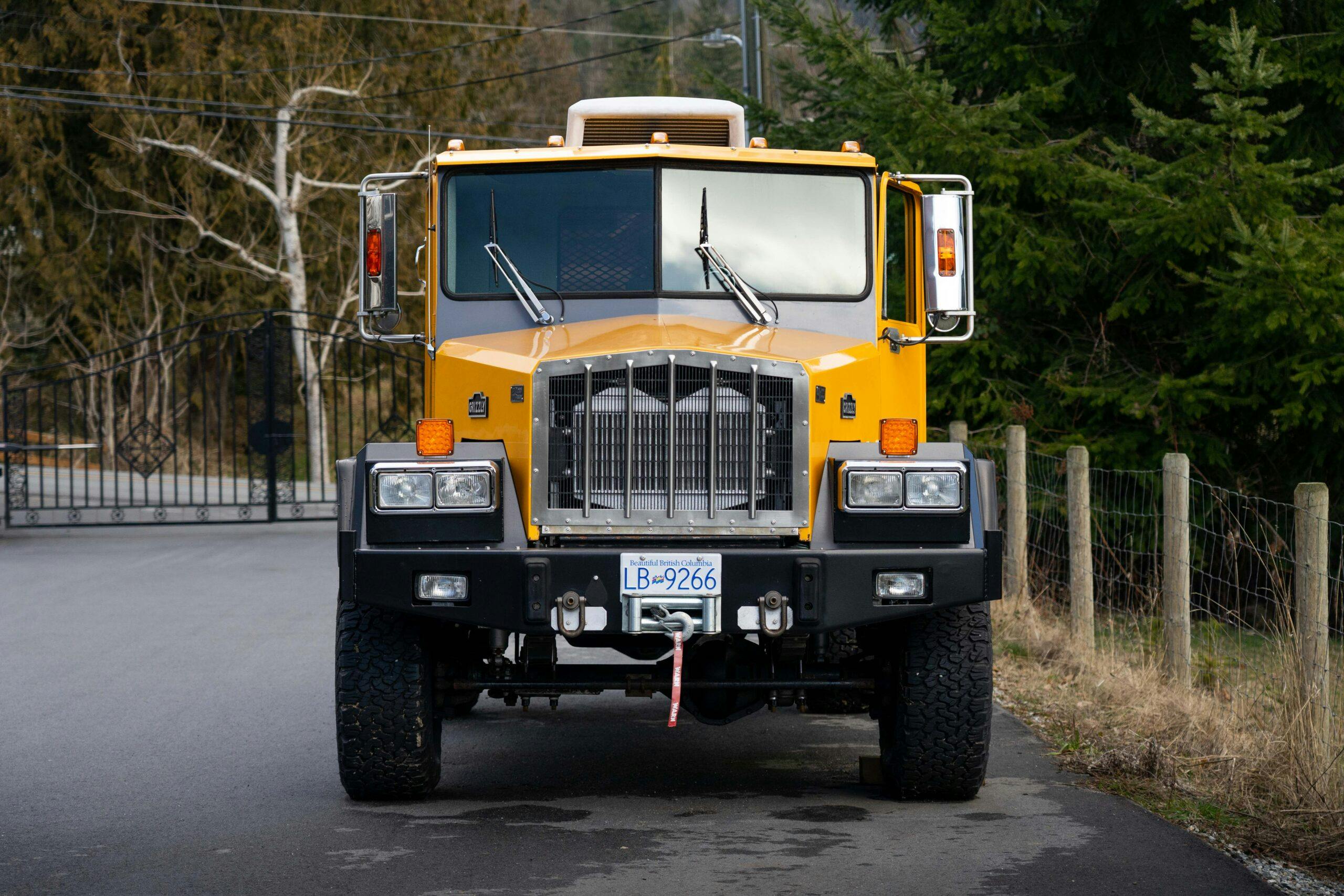
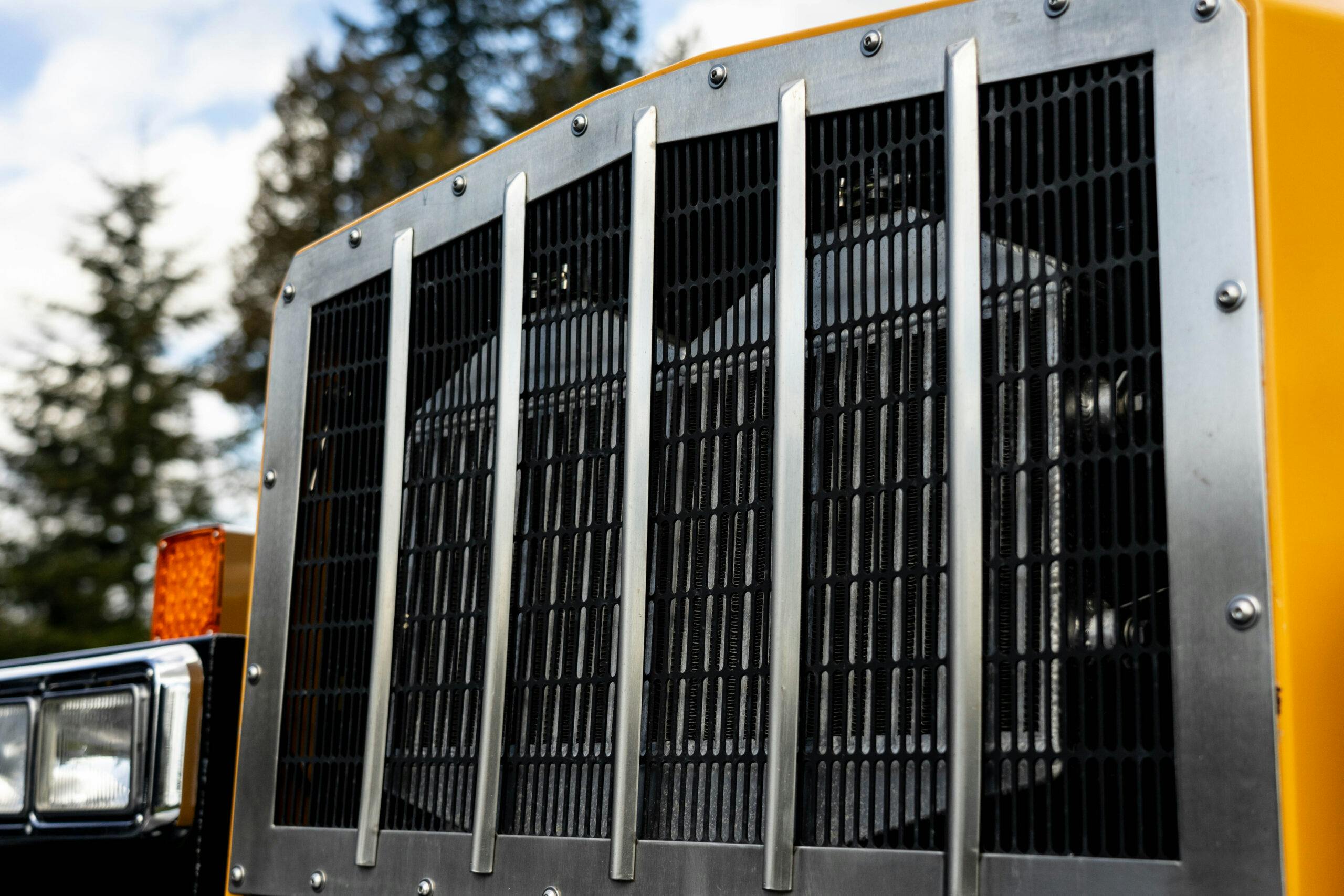
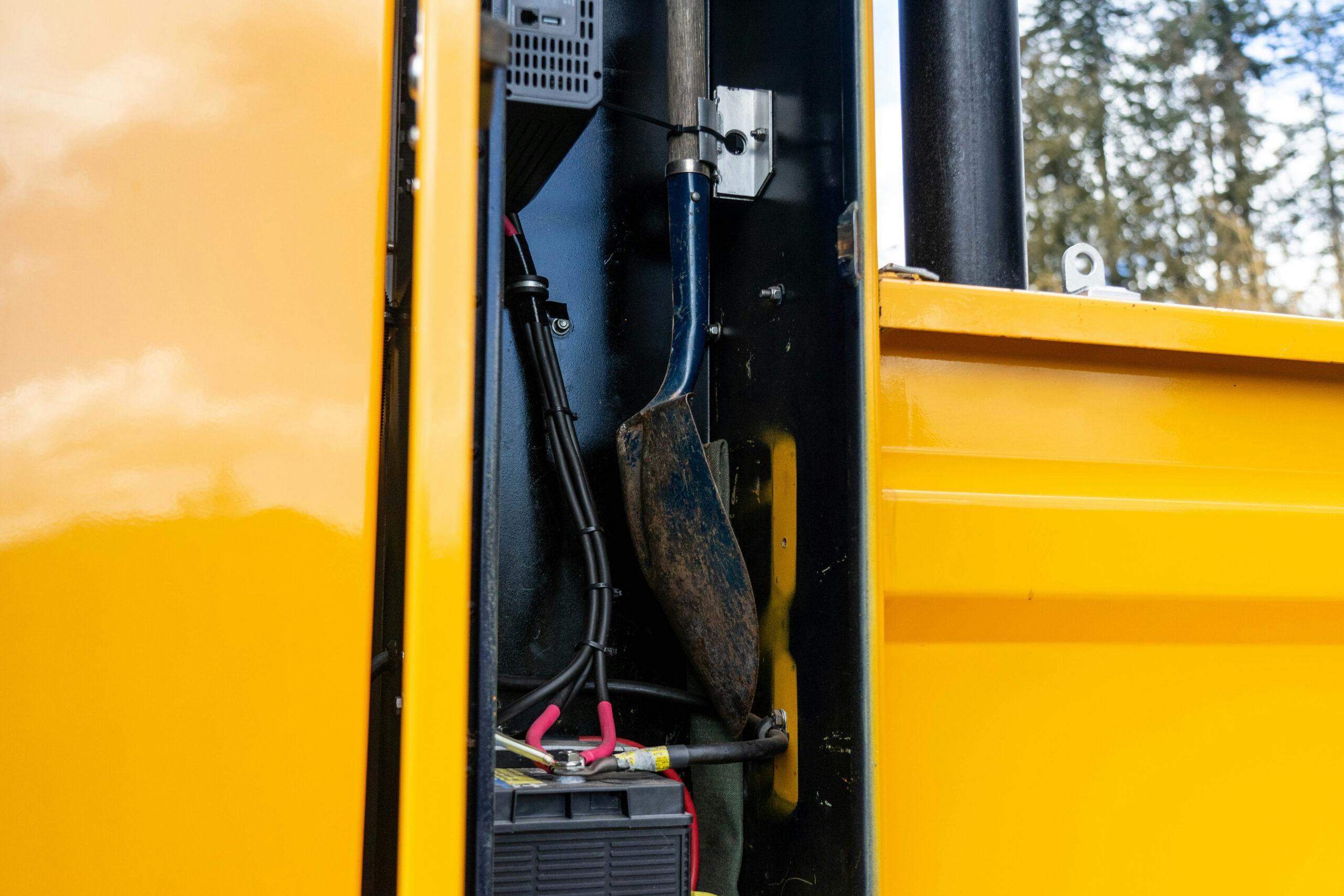
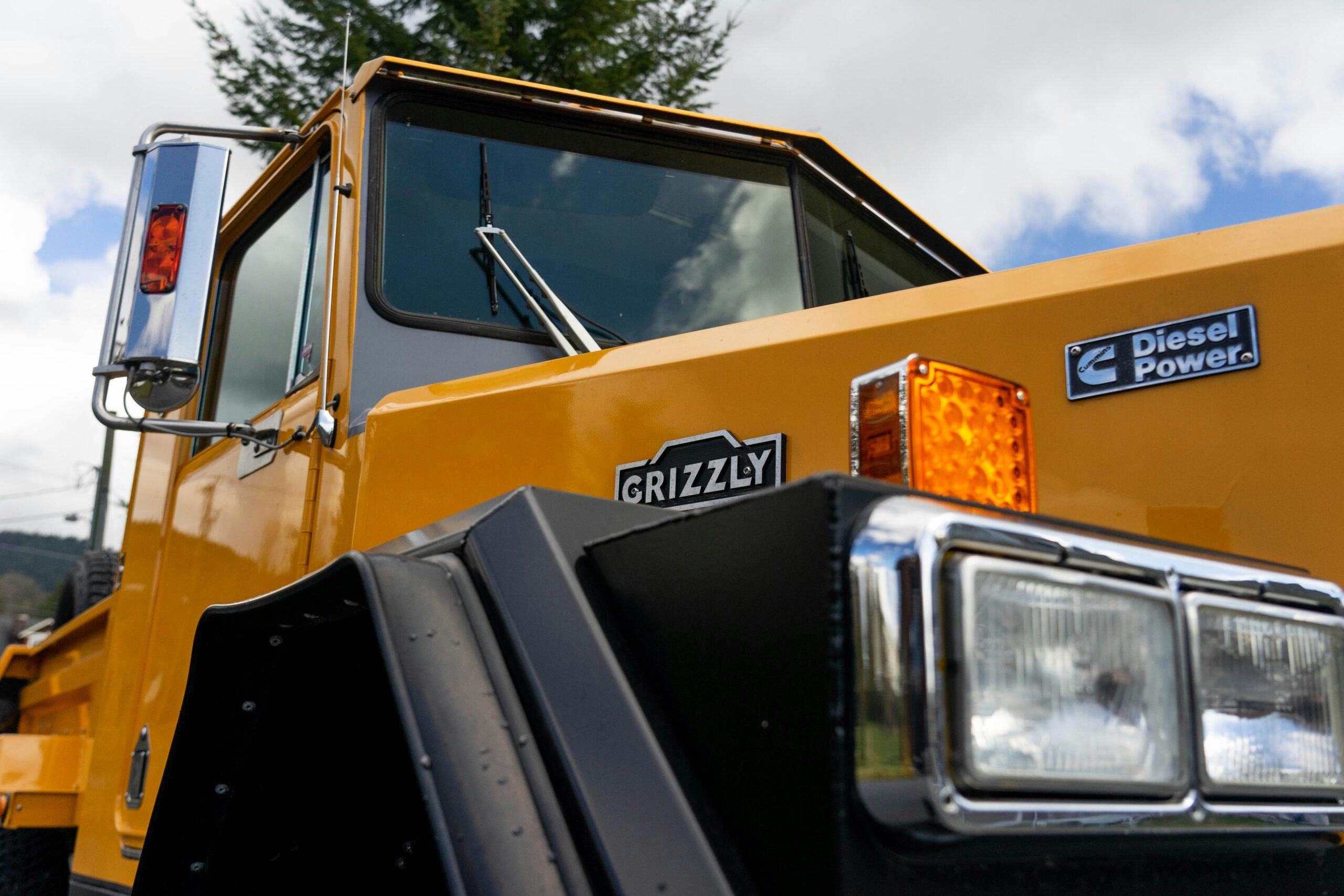
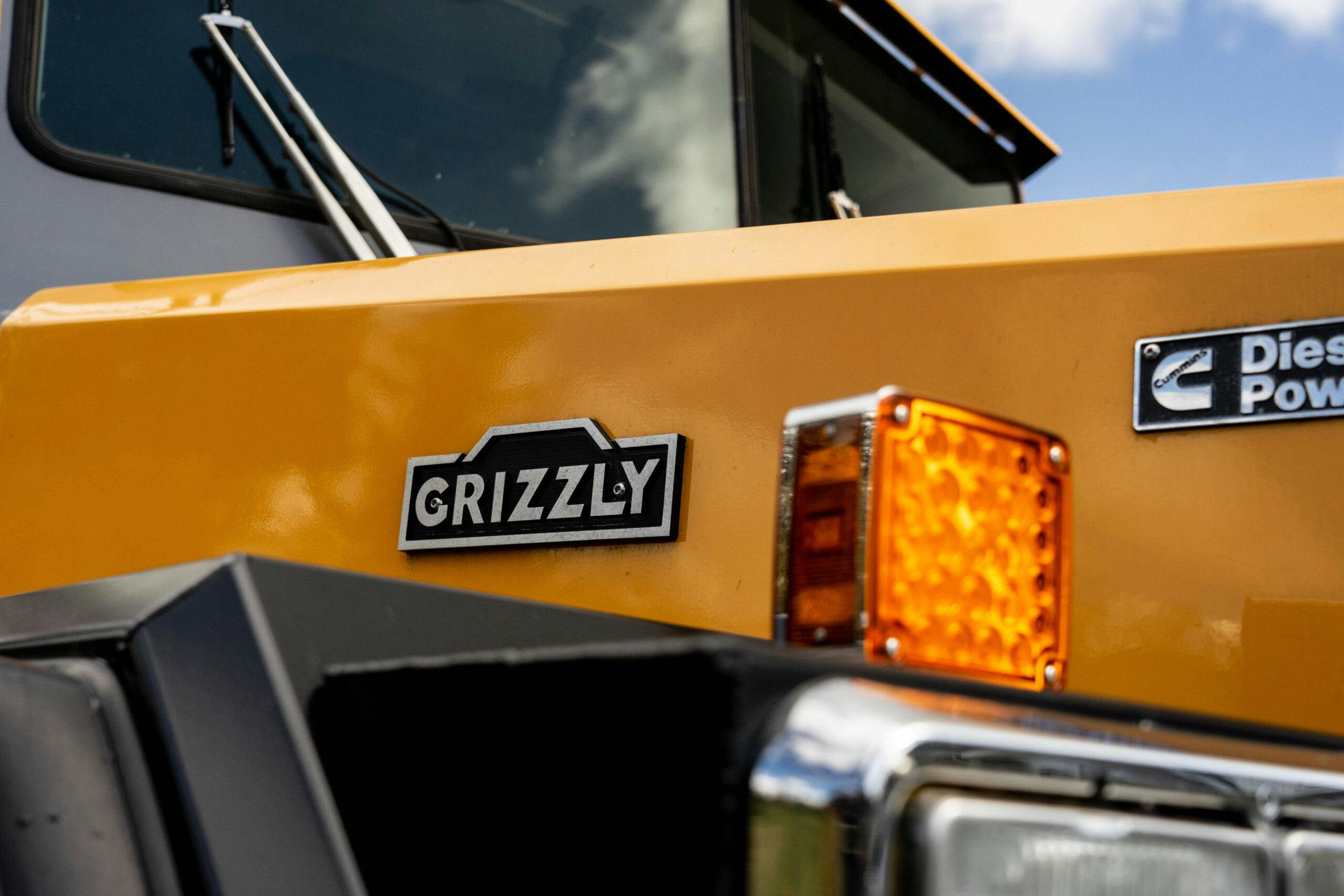


Hi Jim, I’m not sure if you remember me or not. I worked for Geoff at the Grizzly Truck shop in North Vancouver as the parts manager in the late 80’s. I have a considerable number of photos of the crew, production and the completed trucks. I’m happy to share them if you are interested. Cheers!